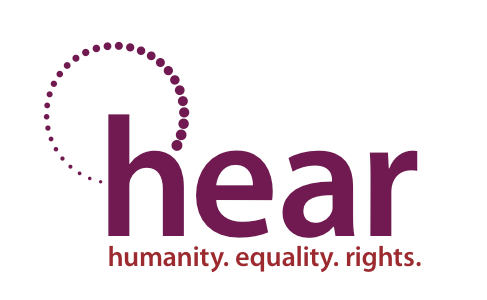During the first Lockdown, Superhighways applied for 10 devices from the Good Things Foundation. We consulted with community partners, asking them to put forward anyone who would most benefit from a tablet to help them keep connected during that time.
About Superhighways
Superhighways is a registered Online Centre and we promote digital inclusion at every opportunity.
The COVID -19 pandemic brutally exposed just how vulnerable people, who don’t have access to technology or digital skills know-how can become.
In a relatively short period of time the rest of the world had moved online, making full use of every internet-enabled device from smartphones, through to tablets, laptops and home PCs. People with no digital skills, support or devices were cut off from a digital transactional world, where you communicate exclusively online with the outside world to source food, goods and services. The only major caveat being , if you could get a delivery slot.
In Kingston-upon-Thames, as in all boroughs and counties across the UK, we saw hundreds of residents with no access to food; or practical/emotional support from family and friends under lock down conditions.
Here is Superhighways' story of how we set up devices and delivered them to vulnerable residents, whose names were put forward by local community groups they use.
We asked each 'sponsor' from each group to give us some background information about what would most appeal to the person they put forward. This was so we could personalise each device with relevant shortcuts to websites; supermarkets and entertainment videos to watch. It seemed to us that personalisation was the key to getting people started so we also added a set of apps we knew would be useful like for example - the BBC news app, links to the council, how to watch a video on You Tube etc.
Tablets were sent out with a printed 'ReadMe' document - telling the new owner about the apps we installed; and how to charge up the device with the weird plug. We even found a great set of drawings on the different types of gestures used for a touch screen. Once the tablets were delivered we set up phone calls to see how everyone was getting and offers of support over the phone.
- Read the Superhighways Case Study: Over-coming digital exclusion needs more than just devices, but this is a good start
- Download: The adapted ReadMe Document
- Visit the Superhighways' website: : superhighways.org.uk
